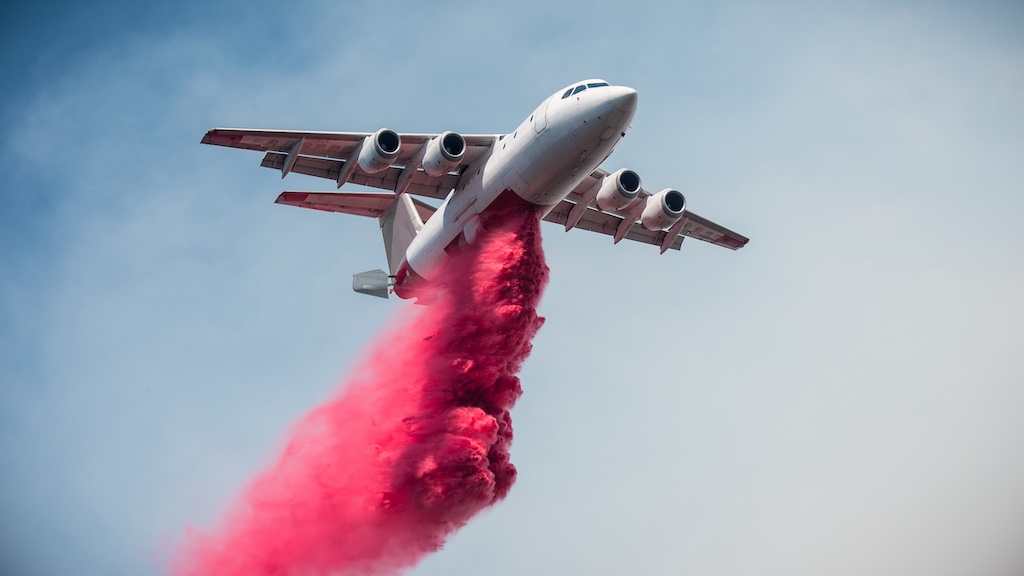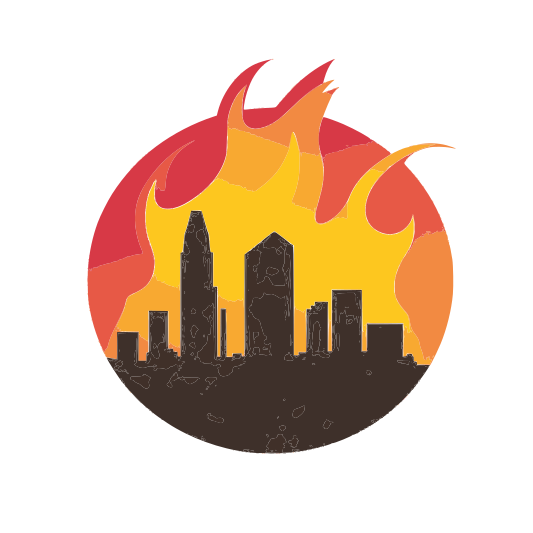
As Los Angeles reels from the devastating loss of 16,251 structures and 29 lives in the Palisades and Eaton fires, city, county, and state are studying the ashen landscape to learn how we can better survive the next urban wildfire. Those lessons will be essential in crafting new policies for land use, building codes, infrastructure enhancements, and technological advancements. San Diego has a golden opportunity to leverage this information and craft new policy without undergoing our own tragic devastation, but will our civic leadership heed the science?
History shows again and again
How nature points out the folly of man
— Blue Öyster Cult
We are bound to live with increasing wildfire risk as climate change makes for increasingly hotter, drier, and windier fire seasons. Thus we must mitigate that risk by taking a hard look at our current state of affairs and applying strategic planning and policy implementation.
Smart Zoning
Our methods of zoning are outdated and rely on too many overlays and carve outs to be easily understood by communities and developers alike. Residential areas are roughly laid out in single-, multi-family, and commercial with further granularity added to account for mixed-use, lot sizes and so on. The city then applies infrastructure to these zoning maps based on the expected density. This was a very reasonable approach in the 20th century when laying out the streetcar suburbs, however, the transition to more compact cities that use fewer resources requires infill development that concentrates the population around transportation and services.
The trouble starts when the need for density stops accounting for critical services. High-density development in Very High Fire Hazard Severity Zones (VHFHSZ) creates several risks that have not been addressed by San Diego leadership.
- Flame spread between structures where even new construction using the latest fire resistant materials only has 10 minutes of resistance to direct flame.
- Hydrant spacing is closer in areas zoned specifically for multi-family, yet we do not classify 5 or more dwelling units on a single parcel as multi-family, ignoring our own standards.
- Water mains that are close to a century old are incapable of holding higher pressure to run more than a few hydrants on a single line. Normally, this is not a problem when dousing a house fire but wildfire spread can create a front of a mile or more.
- Maintaining brush has a responsibility divided in ownership between the city, the state, and private citizens. The city is failing to uphold its promise of brush abatement as reported by the City Auditor.
- Evacuation plans have not accounted for cul-de-sacs longer than 800 feet, which are not allowed under new state law or locations with traffic pinch points.
Enhanced Fire Resistance
As of 1991, California building codes have required more fire retardant materials to be used in the Very High Fire Hazard Zones. However, construction of additional buildings on a parcel does not require any modifications to existing structures. There should be a fire safety review for all new construction in these zones. In one case, construction of housing was permitted mere inches from a neighboring chimney and fire suppression sprinklers were only added to the design after several complaints. Currently there are no programs to assist in retrofitting fire resistant features to existing structures.
Recent modifications to brush management requirements for private property covers a 100 foot perimeter in three zones. The newly added Zone 0 creates a non-flammable area within the first 5 feet of the home. This is not necessarily plant free as many native plants have natural fire resistance.
Zones 1 and 2 extend out from zone 0 and have lower levels of brush clearing recommendations as you would imagine. Brush management should be done between mid August until the end of the year to avoid disturbing the breeding season of certain species.
Infrastructure Needs
Water is the first need that comes to mind when dealing with fire and for good reason. Water is still the best fire fighting tool as it rapidly smothers flame and reduces temperatures. Water delivery in San Diego uses the same network of water mains that supply drinking water. These pipes typically have 45 – 80 psi and for fire fighting must have a minimum of 35 psi. If the pressure drops too low, the suction from pumper trucks can collapse a pipe by creating too much suction. San Francisco and Baltimore have water mains dedicated to fire fighting that can take higher pressure and be fed with salt water.
Access is next on the list, and roads must be wide enough to allow evacuation in one direction while emergency vehicles enter the area. Twenty feet of width with 13.5 feet of overhead clearance is required. Additionally, the road must be able to support 75,000 pounds as a typical fire engine weighs 10 to 20 tons while aerial ladder trucks can weigh up to 35 tons.
Not all infrastructure is friendly to fire fighting. Overhead powerlines can get in the way of equipment or, if downed, prevent access. Broken gas lines must also be capped off. If time allows during evacuation, shutting off the gas at the meter and unlocking doors and gates can be a big help.
Emergency Preparedness
There are a large number of resources available for residents to get ready for disaster. At a minimum everyone should prepare
- A go bag with sturdy shoes, food, water, medications, first aid, sanitation (TP), and face masks suitable for smoke as well as copies of important documents.
- A way to communicate and a meeting place in case the phones are down.
- Maps and know escape routes, especially for those living in areas with a limited number of options.
By the same token, the city must have a comprehensive plan not just for fighting fire but also evacuation the community. Plans should include:
- How to alert the community when cell towers are not functioning or high winds prevent helicopter announcements.
- How to evacuate mobility challenged individuals without access to private vehicles.
- Public education campaigns to encourage evacuation at the first notification.
Technology Advancements
Several systems have been developed to use networked cameras with infrared sensors and AI detection to monitor for wildfires. These systems are typically used in larger forested areas.
Drones are also widely used to survey areas under utility lines and identify areas in need of brush management. Note that private drones are not permitted in emergency areas as they interfere with responding aircraft.
As the city struggles with budget allocations it is important that the residents do their part in becoming educated about disaster preparedness but also civic responsibility by staying engaged with city leadership and keeping them on task to make a safer San Diego.
